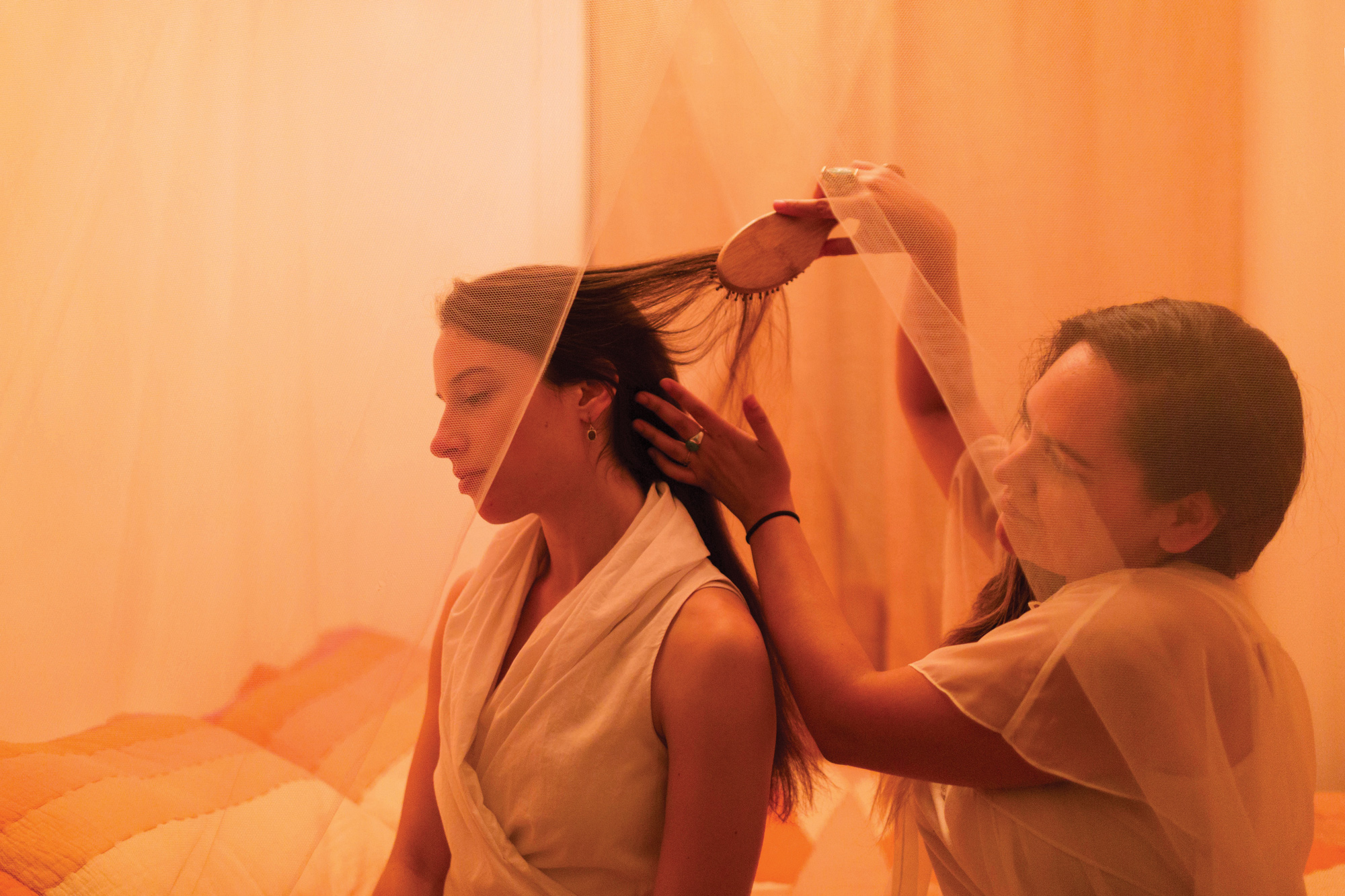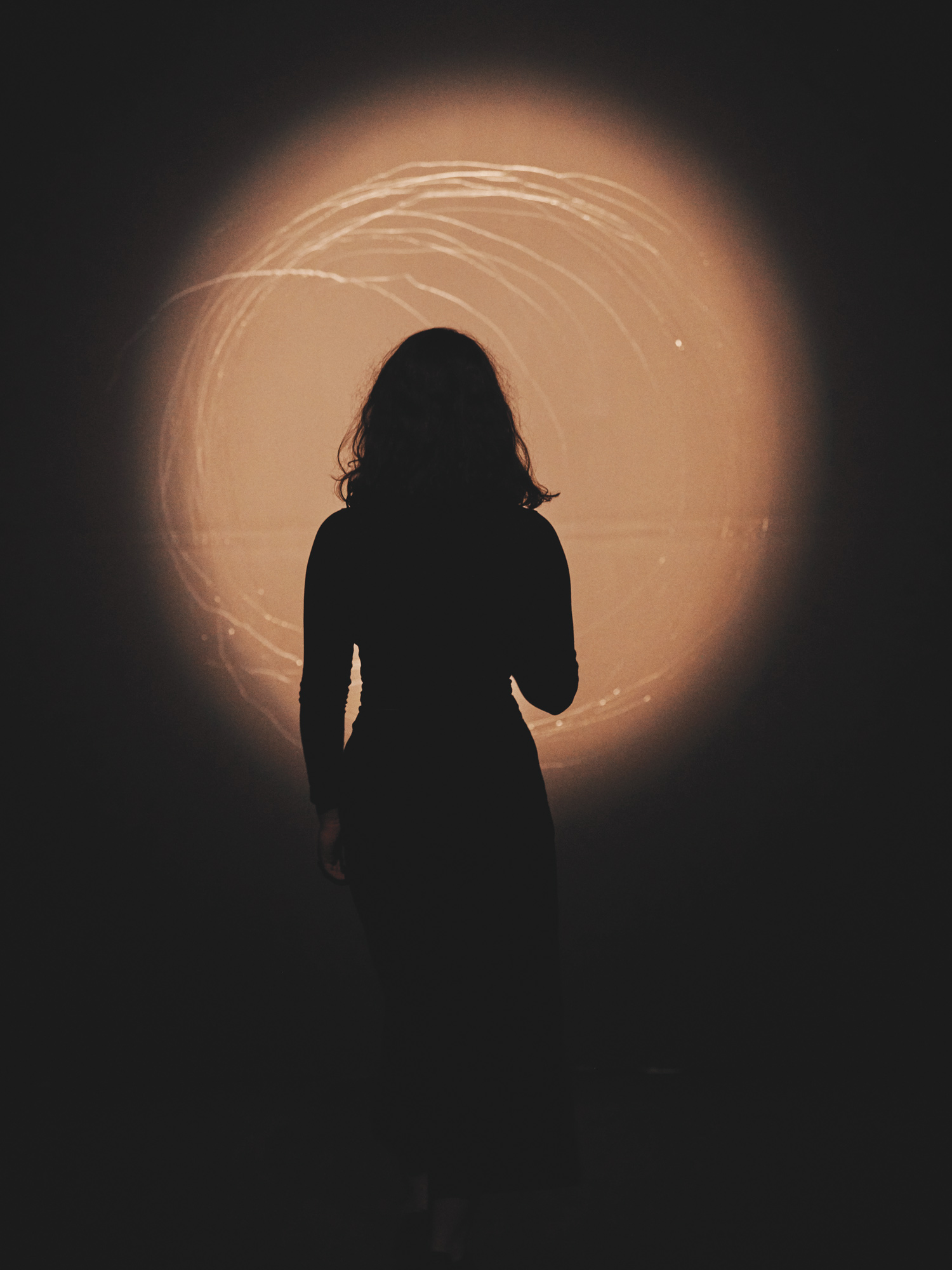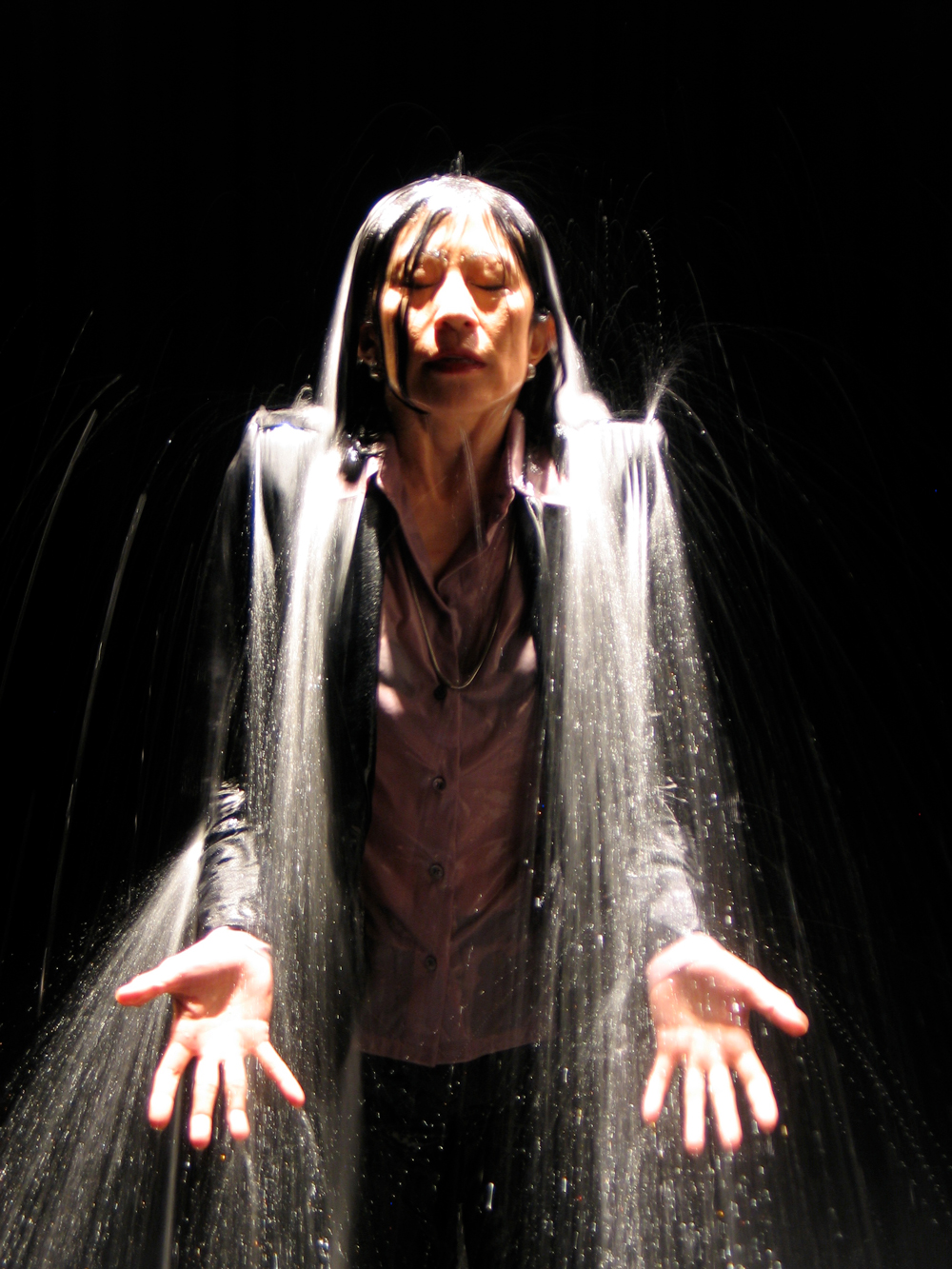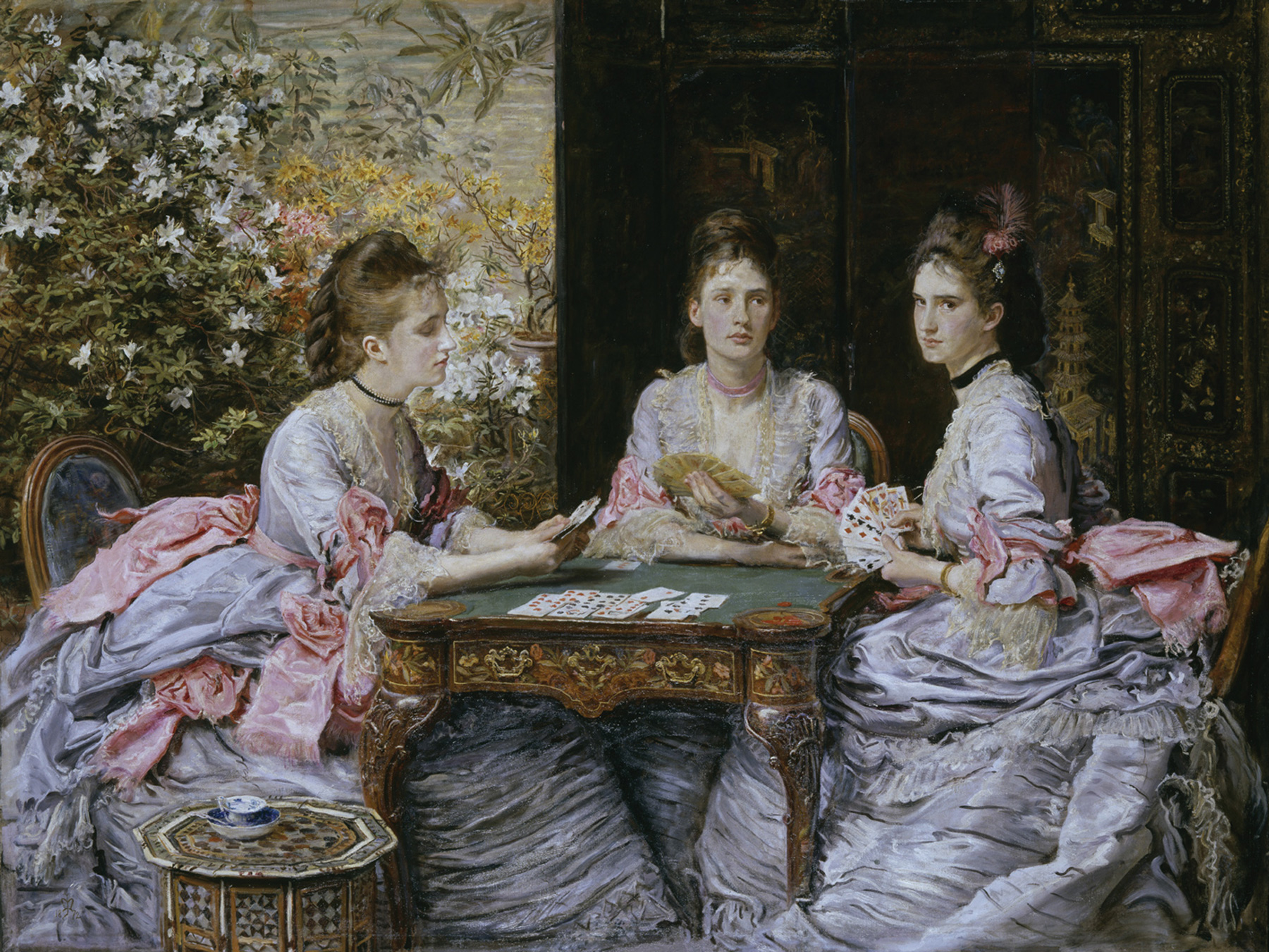The anonymous author of the pamphlet The Witches of Northamptonshire, with a firm conviction and moral superiority, assures us in the title page that the bill of witches in question have all been summarily executed. While Northamptonshire is not the most important nor well-known instance of the witch trial—that title is awarded to the Salem trials—it does reveal the notion which underpins the history of the witch trial: the accusation of an evil otherness. That the maleficence of witches lies in their innate difference, of monstrosity and demonic conference within the ordinariness of human flesh and appearance, underpins the witch hunt, an ‘us’ versus ‘them’ dichotomy enforced through social mores and religious pronouncement.
Who was the witch? Widows, coloured slaves, orphans, herbalists, queer people, and non-religious women have all been tried for witchcraft. Ordinary folk were dragged to the gallows amidst paranoid fear of insidious evil. Otherness, actual or imaginary, physical or behavioural, mars the witch’s image of conformity and brands them as such. But regardless of actual deviance or magic, the witch was fundamentally a construct. In her examination of witchcraft and demonology in early modern Europe, Regina Krause indicates that the ‘singularity of the early modern French witch is that she confesses, self-identified as a witch’, most likely through violent extractions or invocations of religious guilt. Krause stresses that witches do not announce themselves before incident. They are accused and labelled, and witchhood ‘is first an identity thrust upon someone.’ To paraphrase French philosopher Michel Foucault, it is not the thing which results in a name, but rather, the name which creates a thing.
The witch trial has persisted well into modernity. The last witch charged as such under Britain’s 1735 Witchcraft Act, Helen Duncan, was sentenced during Winston Churchill’s era, even as Churchill himself was ordained into the Ancient Order of Druids. In contrast, as recently as within the last decade, India has had to establish laws barring the persecution and subsequent violence against witches, after a spate of horrific events which resulted in exocommunication at best, and death or mutilation at worst. Even after they are exonerated, witches are shunned, sometimes even by their kin, whether from fear of witchcraft or simply the stigma of association.
So who is the witch, now? With the recent emerging interest in witches and witchcraft, fuelled with New Age notions of wellness and spirituality, media from television and movies to the popular Broadway hit musical Wicked have all given us various imaginings of the witch. Marion Gibson, from whose book Early Modern Witches we discover our Northamptonshire pamphleteer, highlights that the rediscovered, surging interest in witchcraft splinters into its rebirth as actual magical practice, and the discussion and examination of its history. Gibson notes that ‘as it is remade and grows, [witchcraft] also changes.’ And consequently, so does the witch.
The witch is still another, someone who does not conform to norms, be it religiously, sexually, politically or systematically. And in parallel with the diversion of interests in witchcraft, the witch too has evolved in two different directions. From within witchhood, the witch has reinvented herself to become a reclaimed, celebrated identity: of institutional resistance, of defiance, of individual empowerment, and of community and conference with like-minded witches.
For some, witchhood is largely a spiritual pursuit. Crystal healing, sage burning, divination, ritualised spellwork, casting hexes, meditation and inducing trances through concoctions have all been subsumed under the umbrella term of witchcraft. While the specific spirituality of a witch is wide-ranging—hedge witches, brujas, wiccans, pagans, Christian witches, male witches and more all may call themselves witches—the common thread linking all witches is a belief in their inner power, intuition and magic. It is a desire to connect more deeply with oneself and the world, and being aware that you can direct the energy within yourself to affect the world you live in, through your own means. Some witches encourage the creation of one’s own spells and potions, divination methods and even beings to worship. A part of the magic comes from its method, and finding a practice which speaks to you. Witches may harvest their own herbs and ingredients from the wilds, or nurture them in backyards and on tiny balcony planters. They charge and cleanse their own crystals, perform their own rites, and invent, or modify spells. The more enterprising witch turns to offering materials or services both to other witches and to common folk looking to dabble, or otherwise in need of magical aid. Working witches who have been contacted by journalists acknowledge that Hollywood, in particular, has an eager clientele base for their services. Witchcraft, since its inception, has provided not just spiritual comfort, but trade and economy for witches, in peddling potions, minor love spells or healing rituals. Witchhood, then, becomes an alternative to the traditionally passive domestic role ascribed to women, giving them the means to reject their assumed lot in life and reclaim their fate. The witches is not afraid of who they are, of their needs and desires, and certainly not what they are capable of. Witchcraft enables a witch to take control of their life, through action and affirmation.


Magic is more than the notion of ambiguous mysticism spelled out by fairy tales and Hollywood retellings. It is the interweaving of spirituality and power, but it also has, at its core, a strong thread of political uprising and radical resistance against oppressive institutions. With each waning moon, a collective of witches, magic practitioners and others interested in the cause of #MagicResistance perform a modified and specific binding spell across geographies–some even in front of Trump Tower itself—on the current President of the United States. #BlackGirlMagic, a movement originated by CaShawn Thompson to celebrate and spread positivity about black women, witches and non-witches included, has spread through social media to form a presence in fashion, culture, creative mediums and even political discussions. At increasingly frequent rallies and protests, you may find a group of W.I.T.C.H.es dressed in all-black with veils and pointy hats, marching in silent protest and casting spells for causes including sex worker support, anti-racism and anti-rape-culture. Since the rise of feminist causes, the witch has been assimilated into the visual and actual vocabulary of female resistance, spreading her reach further to intersect with causes—race, gender and sexuality, for instance—where female interest is present.
For most witches, the attraction of witchhood lies in magic but also the crystallisation of the witch as an active indicator of institutional resistance. This may explain why, beyond ethnic traditions of mystical and spiritual practice, many witches are people of colour, and especially, women of colour. Many also do not identify traditionally within gender, sexual or cultural norms. Those who embrace witchhood most are those who have been most deeply wronged by a patriarchal, white-centric world years in the making. After all, witchcraft has always been a way of drawing and manifesting power from within oneself, through communing with and drawing upon the energies of the natural world. Contemporary witchcraft, in broadening the definition, is also used to radically transform the world through magical work, empowering others, and the weaponisation of the witch symbol.
And while the witch as a motif has had nearly all of history to boil down to the potency she holds today, she is still sadly misrepresented. Popular media rarely explores the witch, instead choosing to employ her—always female, almost always white and beautiful—as a shorthand for feminism, or the strength of women, without true depth or complexity. Backpedalling the witch’s fabled image of inherent malice, pop culture finds it necessary to prefix a witch with ‘good’ or ‘evil’. Good witches are ultimately still subservient to a patriarchal system, often using their powers to affirm and protect established society. Evil witches—also ugly, or old, or otherwise unattractive—are depicted as unavailable and uncontrollable, thus monstrous and to be eliminated. But look to social media, where real-world witch communities thrive, and you will find that pop media is woefully inadequate at pinning down the image of the witch. A simple search wields witches of all stripes, from the ultra-pink to the ultra-black to the almost painfully ordinary. In part because the conferment of witchhood is now self-claimed, and in part because people in general are more complex than the cartoon-ish, whitewashed moral binary of pop media, the diversity of witches and their collective presence has made the witch trope simplistic and reductive. The modern witch is reincarnated, remade in the image of the countless forms with which humanity manifests.
With her reincarnation, we have turned our cultural eye to the witch, in part with interest to witches’ lifestyles and aesthetics, but also for what they signify. Publications from Teen Vogue to Vice, Dazed and Confused, even The Guardian, and now us, have put witches under a magnifying glass. So why all the attention? I should think it fitting that the man who gave us The Witches of Northamptonshire also provided us an explanation as to the importance of witches. As he writes, ‘To know things aright and perfectly, is to know the causes thereof. A Definition doth consist of those causes which give the whole Essence, and containe the perfect nature of the thing defined... If it be perfect, it is much the greater, though it be not fully perfect, yet it giveth some good light.’ The past few years have left us standing on a socio-cultural precipice, peering into the murky depths of our future. When our zeitgeist is coloured by fear, doubt and helplessness, the witch, as a symbol, offers us the means of reifying our struggle against long-outdated institutions of power, and of visualising our triumph. Magic, whether you believe in its cosmic potency, is real and powerful in the right context. Witchcraft is a process of clarifying thoughts and feelings into vocalisation, action and eventually, consequence. And the witch, who internalises witchcraft and magic, is ushering us into a new age, where all who wrong her should tremble, for she has returned.





